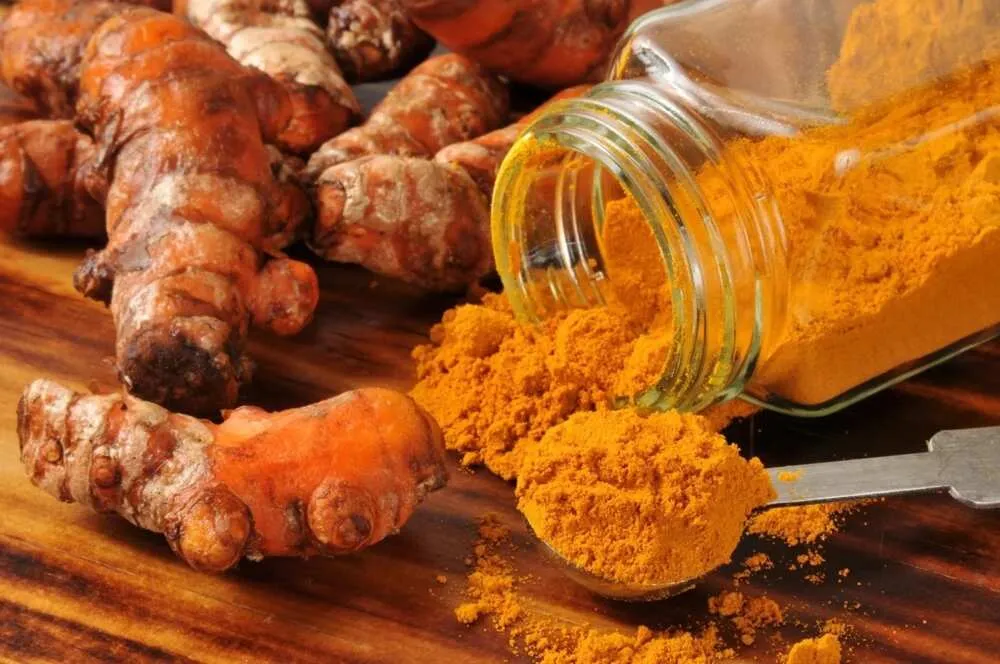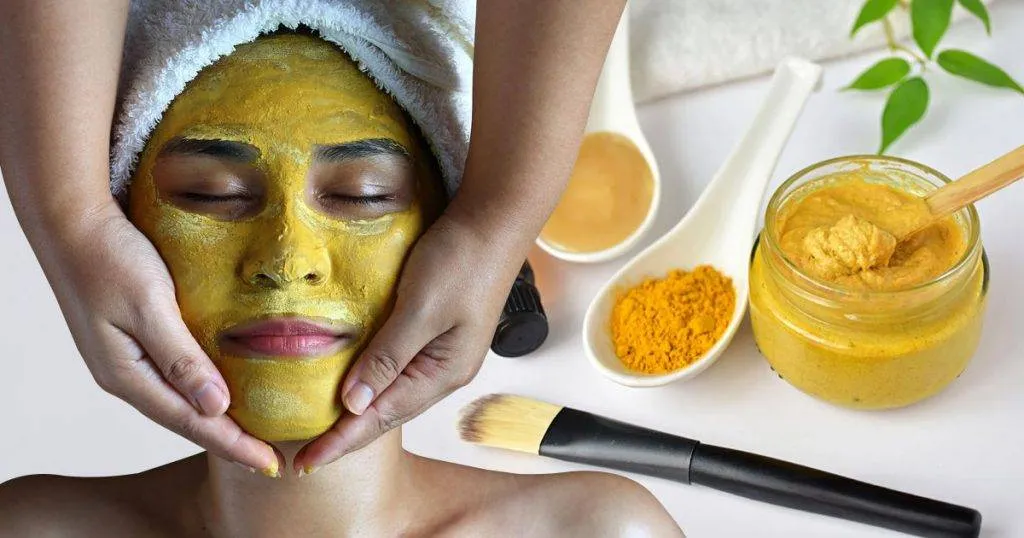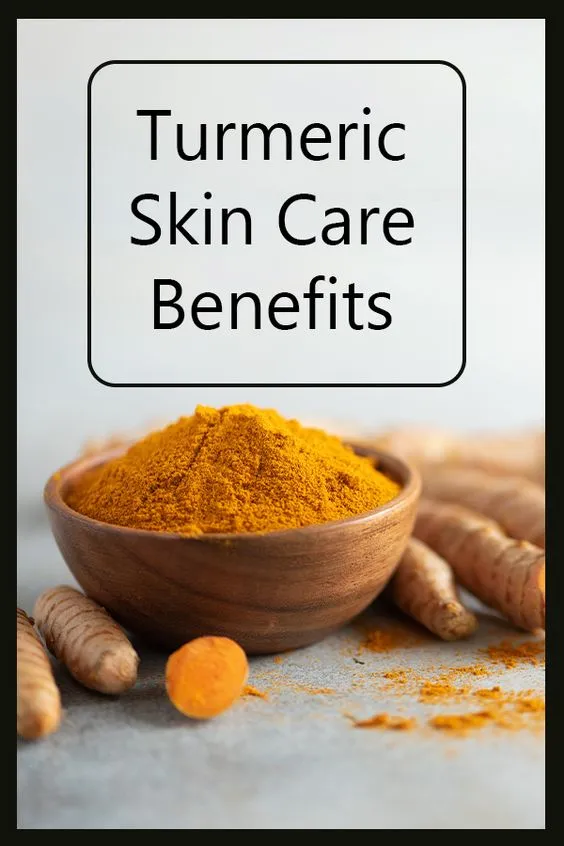Understanding Skin Whitening and Hyperpigmentation
Skin whitening, often used interchangeably with skin lightening or brightening, is a cosmetic process aimed at reducing the melanin content in the skin to give it a lighter appearance. Melanin, a pigment produced by melanocytes, is responsible for the color of our skin, hair, and eyes. Hyperpigmentation, the uneven darkening of skin, occurs when there is an excessive production of melanin in certain areas. This can be triggered by various factors, including sun exposure, hormonal changes, inflammation, and certain skin conditions. Understanding these underlying causes is crucial before embarking on any skin whitening treatment. Many individuals seek skin whitening treatments to address issues like sunspots, age spots, acne scars, or uneven skin tone, aiming to achieve a more uniform and radiant complexion. It is important to approach these treatments with realistic expectations and a focus on overall skin health, rather than solely on achieving a lighter skin tone.
The Science Behind Lemon and Turmeric
Lemon and turmeric are natural ingredients celebrated for their potential skin-whitening properties. Lemon contains citric acid, a natural alpha-hydroxy acid (AHA) that acts as a gentle exfoliant, removing dead skin cells and promoting cell turnover. This process can help reduce the appearance of dark spots and hyperpigmentation, revealing a brighter, more even skin tone. Furthermore, lemon possesses antioxidant properties, which help to combat free radicals that can damage the skin and contribute to uneven pigmentation. Turmeric, on the other hand, is rich in curcumin, a powerful antioxidant and anti-inflammatory compound. Curcumin is known for its ability to inhibit tyrosinase, an enzyme involved in melanin production. By suppressing tyrosinase, turmeric can potentially reduce the formation of new dark spots and lighten existing ones. Moreover, turmeric’s anti-inflammatory properties can soothe irritated skin, reduce redness, and promote healing, making it a valuable ingredient for those dealing with acne scars or other forms of skin inflammation.
How Lemon & Turmeric Work Together

The combination of lemon and turmeric creates a synergistic effect, enhancing their individual benefits for skin whitening. Lemon’s exfoliating action prepares the skin to better absorb turmeric’s beneficial compounds, while turmeric’s anti-inflammatory and tyrosinase-inhibiting properties help to reduce melanin production and even out skin tone. This combined action addresses multiple aspects of hyperpigmentation, from removing dead skin cells and reducing inflammation to directly targeting the overproduction of melanin. This dual approach can be particularly effective in reducing the appearance of dark spots, acne scars, and uneven skin tone. Regular use of lemon and turmeric mixtures can lead to noticeable improvements in skin brightness and overall complexion. However, consistency is key, as it takes time for these natural ingredients to work effectively. It is also important to balance their usage due to the potential for sensitivity to both ingredients. Always perform a patch test before applying any new treatment to your entire face or body to ensure there are no adverse reactions.
Benefit 1 Brightening and Lightening Effect
The primary benefit of using lemon and turmeric for skin whitening is their ability to brighten and lighten the skin. Lemon’s citric acid exfoliates the top layer of skin, removing dead cells that can make the complexion appear dull. This exfoliation reveals fresh, brighter skin underneath. Simultaneously, turmeric’s curcumin inhibits tyrosinase, which leads to a decrease in melanin production. Over time, this can lead to a visible reduction in dark spots and an overall lightening of the skin tone. The combined effect of exfoliation and melanin suppression results in a more radiant and even complexion. Users often report a noticeable improvement in skin brightness and a reduction in the appearance of dark patches with consistent use of lemon and turmeric treatments. However, it is important to note that these natural ingredients work gradually, and results may vary depending on the individual’s skin type, the severity of hyperpigmentation, and the frequency of application.
Benefit 2 Antioxidant Power for Skin Health
Both lemon and turmeric are packed with antioxidants, which are essential for protecting the skin from damage caused by free radicals. Free radicals are unstable molecules that can damage skin cells, leading to premature aging, wrinkles, and uneven skin tone. Lemon contains Vitamin C, a potent antioxidant that neutralizes free radicals and promotes collagen production, which improves skin elasticity and firmness. Turmeric is rich in curcumin, another powerful antioxidant that helps to combat free radicals and protect skin cells from damage. By incorporating lemon and turmeric into your skincare routine, you can strengthen your skin’s defenses against environmental stressors and promote a healthier, more youthful complexion. The antioxidants in these ingredients also help to reduce inflammation and protect the skin from sun damage, contributing to a more even skin tone and a reduced risk of hyperpigmentation. Regular use of these ingredients can significantly improve overall skin health and radiance.
Benefit 3 Reducing Inflammation and Redness

Turmeric, in particular, is renowned for its anti-inflammatory properties, which are largely attributed to the curcumin it contains. Inflammation is a major contributor to various skin problems, including acne, eczema, and rosacea, which can often lead to hyperpigmentation and uneven skin tone. By reducing inflammation, turmeric can help to soothe irritated skin, reduce redness, and promote healing. This makes turmeric an excellent ingredient for individuals with sensitive skin or those prone to inflammatory skin conditions. Lemon can also play a role in reducing inflammation due to its antioxidant properties, which help to neutralize free radicals that can trigger inflammation. Combining lemon and turmeric can provide a comprehensive approach to calming irritated skin and restoring a healthy complexion. Consistent use of these ingredients can lead to a reduction in redness, a more even skin tone, and a soothing effect on the skin.
Benefit 4 Exfoliation and Cell Renewal
Lemon’s citric acid is a natural exfoliant that helps to remove dead skin cells, revealing a brighter, smoother complexion. This process of exfoliation also promotes cell turnover, which means that new, healthy skin cells replace older ones more quickly. By removing the top layer of dead skin cells, lemon can help to reduce the appearance of dark spots, acne scars, and uneven skin tone. Furthermore, the exfoliation process allows other skincare ingredients, such as turmeric, to penetrate the skin more effectively. This can enhance the benefits of turmeric and contribute to a more radiant complexion. Regular exfoliation with lemon can improve skin texture, reduce the appearance of fine lines, and promote a more youthful glow. However, it is important to use lemon in moderation, as excessive exfoliation can lead to skin irritation and sensitivity. Always follow up with a moisturizer to hydrate and protect the skin after using lemon-based treatments.
Benefit 5 Addressing Specific Skin Concerns
Lemon and turmeric can be particularly effective in addressing specific skin concerns, such as acne scars, sunspots, and uneven skin tone. For acne scars, lemon’s exfoliating properties can help to gradually fade the appearance of post-inflammatory hyperpigmentation (PIH), while turmeric’s anti-inflammatory and healing properties can promote tissue repair. For sunspots, lemon’s citric acid can help to lighten the areas of hyperpigmentation, while turmeric’s antioxidant properties protect the skin from further damage. Uneven skin tone is another common concern that can be addressed with lemon and turmeric. The combination of exfoliation, melanin suppression, and antioxidant protection can help to create a more uniform complexion. The regular use of lemon and turmeric can lead to a visible improvement in the appearance of these skin concerns. It is essential to be patient, as results may take time to appear. It’s important to incorporate them into a consistent skincare routine and to protect the skin from sun exposure to maximize their benefits.
DIY Lemon and Turmeric Recipes for Skin Whitening

Several DIY recipes can be created using lemon and turmeric to harness their skin-whitening benefits. A simple face mask can be made by mixing fresh lemon juice (or diluted lemon juice for sensitive skin) with turmeric powder and a little water to form a paste. Apply this paste to the face, avoiding the eye area, and leave it on for 10-15 minutes before rinsing with lukewarm water. Another recipe involves combining lemon juice, turmeric powder, and honey. Honey acts as a natural humectant, helping to moisturize the skin. Some recipes incorporate yogurt, known for its lactic acid content, which also acts as a gentle exfoliant. Always conduct a patch test on a small area of skin before applying any DIY mask to your entire face to check for any allergic reactions or sensitivities. Remember to use fresh, high-quality ingredients and to avoid overusing these treatments to prevent skin irritation. After using lemon-based masks, it’s crucial to apply a moisturizer to hydrate and protect the skin.
Precautions and Safety Tips
While lemon and turmeric are generally safe for topical use, it is essential to take certain precautions. Lemon can make the skin more sensitive to the sun. Therefore, it is crucial to apply sunscreen with a high SPF whenever you go outside, especially after using lemon-based treatments. Always perform a patch test on a small area of skin before applying any lemon or turmeric mixture to your entire face or body to check for allergic reactions or sensitivities. Dilute lemon juice with water if you have sensitive skin to reduce the risk of irritation. Avoid using lemon on broken skin or open wounds, as it can cause stinging or further irritation. Discontinue use if you experience any redness, itching, or burning sensation. Turmeric can stain the skin yellow, especially if it is left on for too long. Rinse thoroughly after use and be cautious when applying it to lighter skin tones. Choose high-quality, organic turmeric powder to ensure you’re using a pure product without additives. Store your DIY mixtures properly and use them promptly, as they may lose their efficacy over time.
How to Choose Quality Ingredients
Selecting high-quality ingredients is paramount for achieving the best results and ensuring the safety of your skin. For lemons, opt for fresh, ripe, and organic lemons whenever possible. Organic lemons are free from pesticides and other harmful chemicals, which minimizes the risk of skin irritation. When buying turmeric powder, choose pure, organic turmeric that is free from additives, fillers, or artificial colors. Look for turmeric powder with a vibrant yellow color, indicating a high curcumin content. Check the product label for information about the source of the turmeric and any certifications, such as organic certification. Consider buying whole turmeric roots and grinding them yourself to ensure freshness and purity. If you’re using other ingredients, such as honey or yogurt, select high-quality, natural products. Make sure your ingredients are stored correctly to maintain their potency and effectiveness. Fresh ingredients will provide the best results and reduce the risk of adverse skin reactions.
When to See a Dermatologist

While lemon and turmeric can be effective for skin whitening, it’s important to know when to seek professional help from a dermatologist. If you have persistent or severe hyperpigmentation that doesn’t improve with home remedies, consult a dermatologist. If you experience any adverse reactions, such as severe irritation, burning, itching, or blistering, discontinue use immediately and consult a dermatologist. A dermatologist can assess your skin condition, determine the underlying cause of your hyperpigmentation, and recommend more effective treatments. They can provide medical-grade treatments, such as chemical peels, laser therapy, or prescription creams, to address your specific skin concerns. If you have sensitive skin or any pre-existing skin conditions, such as eczema or rosacea, consult a dermatologist before using lemon and turmeric. A dermatologist can provide personalized advice and ensure that your skin is treated safely and effectively. They can also help you develop a comprehensive skincare routine that is tailored to your specific needs.
Conclusion Embracing Natural Skin Care
Lemon and turmeric offer a promising natural approach to skin whitening, with their combined properties providing a range of benefits, from brightening the complexion to reducing inflammation. By understanding the science behind these ingredients, taking necessary precautions, and using them consistently, you can harness their potential to achieve a more radiant and even skin tone. Remember, patience and consistency are key, and it’s always important to listen to your skin and adjust your routine accordingly. Embracing natural skincare practices, such as using lemon and turmeric, can be a rewarding way to nourish your skin and promote overall skin health. However, always prioritize sun protection, use high-quality ingredients, and seek professional advice when needed to ensure the best results and maintain healthy, glowing skin. With the right approach, you can achieve a brighter, healthier complexion using the power of nature.
